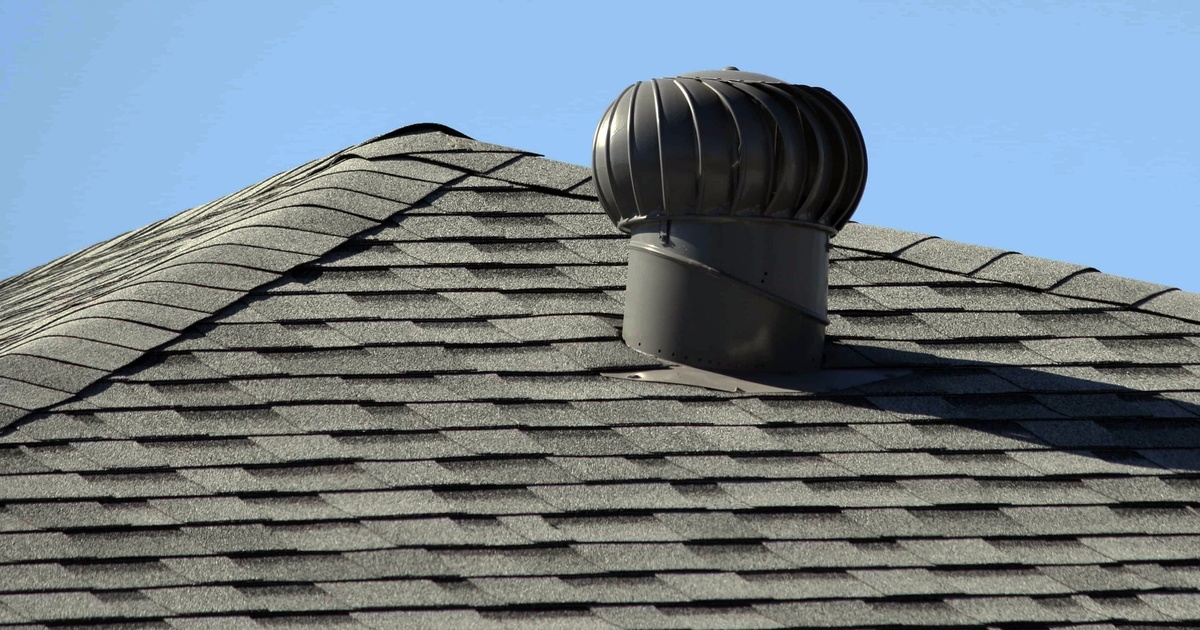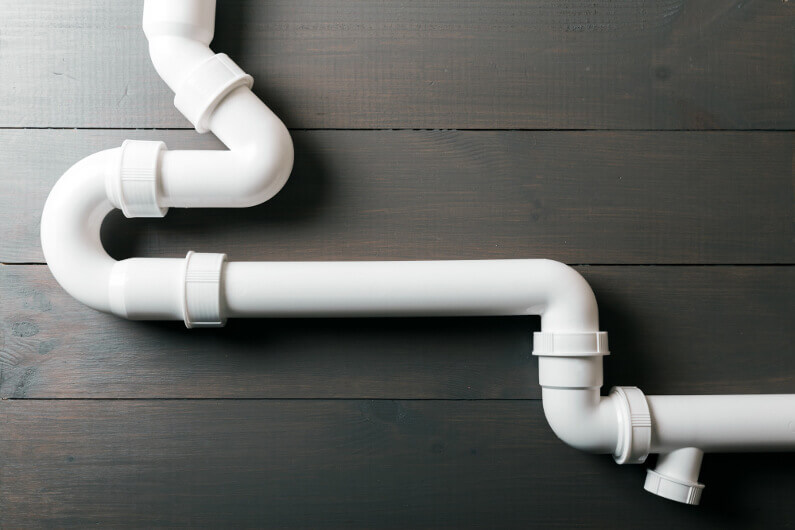Adequate Ventilation in Plumbing Systems: Why It Is Essential
Adequate Ventilation in Plumbing Systems: Why It Is Essential
Blog Article
Right here in the next paragraphs yow will discover a bunch of excellent material in relation to The Upsides of Proper Ventilation in Plumbing Design.

Correct ventilation in pipes systems is often forgotten, yet it is critical for preserving the capability and safety and security of your home's plumbing. Air flow helps control atmospheric pressure, prevent the accumulation of dangerous gases, and ensure the effective elimination of waste. In this overview, we will certainly check out the value of correct pipes air flow, how it works, and the advantages it offers your pipes system.
Recognizing Air Flow in Pipes
Air flow in pipes refers to the network of pipes that enable air to flow with the drain system. These vents serve multiple objectives, including managing air pressure within the pipes, avoiding sewage system gases from entering the home, and helping in the smooth circulation of wastewater.
Just How Air Flow Functions in Pipes Equipments
Air Pressure Regulation
Correct ventilation keeps balanced atmospheric pressure within the pipes system. When water flows through pipelines, it displaces air. Without adequate air flow, this variation can produce unfavorable pressure, causing slow drains pipes or siphoning of water from catches, which can cause undesirable smells to seep into the home.
Stopping Drain Gas Accumulation
One of the most vital functions of plumbing vents is to avoid drain gases, such as methane and hydrogen sulfide, from collecting within the home. These gases can position significant wellness dangers and are highly flammable. Vent pipelines permit these gases to get away securely outside.
Aiding in Waste Elimination
Air flow helps in the reliable elimination of wastewater by protecting against airlocks in the drain system. When air can stream openly via the vents, it permits water and waste to move efficiently through the pipes, decreasing the risk of obstructions and back-ups.
Kinds Of Plumbing Vents
Key Heap Vent
The primary pile vent, additionally referred to as the vent pile, is the main air vent in a pipes system. It expands from the major drain align via the roofing, enabling gases to run away and fresh air to get in the system.
Branch Vent
Branch vents link to the primary stack vent and offer individual fixtures, such as sinks, commodes, and showers. These vents guarantee that each fixture has ample ventilation to function appropriately.
Air Admission Shutoff (AAV).
An Air Admittance Valve (AAV) is a one-way valve that allows air to go into the plumbing system without the requirement for a typical air vent pipe expanding via the roofing. AAVs are frequently utilized in renovations or locations where setting up a standard air vent is not practical.
Signs of Poor Ventilation in Pipes.
Slow Draining Fixtures.
If your sinks, bathtubs, or commodes are draining pipes gradually, maybe a sign of poor air flow. Inadequate air circulation can create a vacuum result, making it tough for water to drain appropriately.
Gurgling Sounds.
Gurgling noises coming from drains are typically an outcome of air being sucked via water catches due to adverse pressure in the pipes. This is a clear indication of insufficient ventilation.
Undesirable Smells.
Sewer odors inside your home are a warning that your plumbing system is not appropriately aerated. This can indicate that sewage system gases are not being adequately vented outside, bring about possibly unsafe problems.
Usual Air Flow Blunders.
Poor Vent Sizing.
Utilizing small vent pipes can result in inadequate air circulation and stress discrepancies in the system. It's vital to use vents that meet the specific requirements of your plumbing system.
Improper Vent Placement.
Putting vents too much from the components they offer can minimize their efficiency. Correct positioning guarantees that air can stream easily and effectively through the system.
Disregarding Code Demands.
Building codes provide details guidelines for pipes ventilation. Neglecting these codes can lead to a system that fails to work correctly and might lead to costly fixings or carcinogen.
Advantages of Appropriate Air Flow.
Improved System Effectiveness.
Correctly ventilated pipes systems run much more effectively, with less obstructions, faster draining pipes, and much less stress on the pipelines. This effectiveness prolongs the life-span of the plumbing system.
Improved Air Quality.
By avoiding sewer gases from entering your home, appropriate air flow contributes to much better interior air top quality, making your living setting healthier and extra comfy.
Protecting Against Water Damages.
Sufficient air flow assists stop water from being siphoned out of traps, which can result in drain gases entering the home and creating water damages in time.
Actions to Make Sure Correct Ventilation.
Consulting Pipes Codes.
Constantly seek advice from local plumbing codes when creating or modifying your plumbing system. These codes provide the required standards for correct venting and guarantee your system satisfies security standards.
Routine Evaluation and Upkeep.
Regular inspections can assist recognize potential air flow concerns before they end up being significant problems. Maintenance jobs, such as cleansing vent pipes and looking for obstructions, are crucial for maintaining the system in good working order.
Professional Setup.
For brand-new installments or major modifications, it's important to work with a specialist plumbing professional. They have the experience to make sure the ventilation system is appropriately designed and installed according to code.
Verdict.
Proper air flow is a vital element of any type of pipes system, guaranteeing that it operates efficiently and safely. By comprehending the relevance of air flow, acknowledging the indicators of bad ventilation, and taking steps to keep your system, you can stop costly issues and shield your home's air high quality.
What is a Plumbing Vent and it's used for?All plumbing systems in residential and commercials construction have a plumbing vent. It doesn’t just vent unwanted odors from the drainage system to the outside; it actually serves an important purpose by supplying air to the system.
The plumbing drainage system is actually called a drainage, waste and vent (DWV) system. When water flows down the piping, an air supply (vent) is needed to allow the water to flow. Think of the vertical pipe as a drinking straw. If you plug the top end of a straw, liquid won’t drain from it.
The DWV system in your building consists of a series of pipes connected to each fixture; they extend above each fixture, and the system terminates at an open pipe that extends through the roof. This piping allows air into the system and prevents unbalanced pressures in the piping.
?The vent also prevents the system from drawing water out of a trap at the fixture with the characteristic “glug-glug-glug” as the drain gasps for air. Plumbing traps should drain smoothly and never “glug” or gasp for air.
If you have a drain that empties slowly or gurgles as it drains, this may indicate a venting problem. If you flush a toilet and the sink gurgles, there’s definitely a vent problem. It is good idea to have a Plumber check this.
https://www.ameliashomeinspection.com/blog/what-is-a-plumbing-vent-and-its-used-for

Do you really like reading up on What Is a Plumbing Vent and Why Is It Important? Put feedback further down. We'd be pleased to hear your responses about this article. In hopes to see you back again in the near future. Are you aware of anybody else who is fascinated about the niche? Why not promote it. We recognize the value of your readership.
Visit My Website Report this page